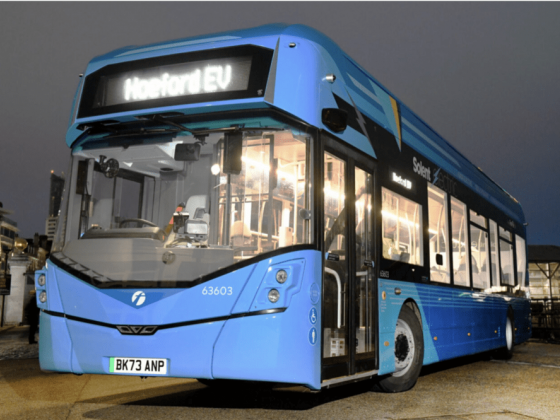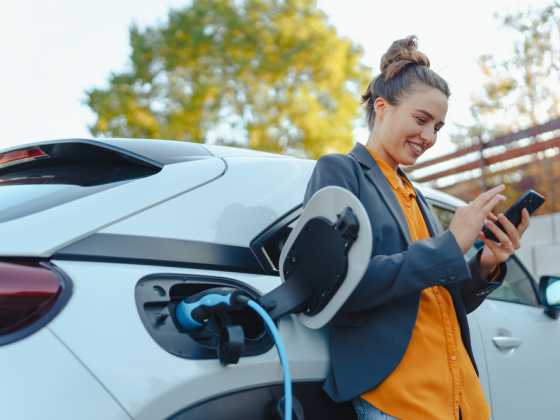London boroughs to receive funding for transition to zero emission vehicles

The Mayor of London, TfL and London Councils have announced £766,000 of new funding for three local boroughs to help accelerate the switch to zero emission vehicles to tackle London's toxic air pollution.
The 'Neighbourhoods of the Future' projects include a new school low emission zone in Camden to protect pupils from filthy air, electric charging points in streets in Hackney's markets, and a zero emission street and wider Low Emission Zone near Hammersmith town centre.
Camden, Hackney and Hammersmith & Fulham will receive funding for three new projects, which will build on the six that were awarded last year.
These were a joint bid from Hackney, Tower Hamlets and Islington (City Fringe), one from Hammersmith & Fulham, a joint bid from Croydon and Sutton, and one each from Harrow, Haringey and Heathrow.
Neighbourhoods of the Future projects demonstrate creative thinking in the drive to encourage Londoners to make the urgently required switch to cleaner zero emission vehicles.
The £766,000 funding will be matched with around £875,000 from the London boroughs involved, showing a firm commitment from the capital's municipal leaders to work in partnership with the Mayor to clean up the city's air.
The London boroughs of Barnet and Redbridge have also confirmed their future involvement in the 'Neighbourhoods of the Future' programme, and will be developing projects for funding. This is part of the London-wide effort to clean up the city's toxic air.
Neighbourhoods of the Future form part of London's £13 million Go Ultra Low Cities scheme, the Government-funded drive to encourage the switch to electric cars and vans.
Shirley Rodrigues, the deputy mayor of environment & energy said: 'To get to grips with London's toxic air health crisis the mayor has significantly increased air quality funding and these new local schemes will help accelerate the switch to cleaner vehicles around town centres, schools and high streets to help dramatically reduce toxic pollution emissions.”



